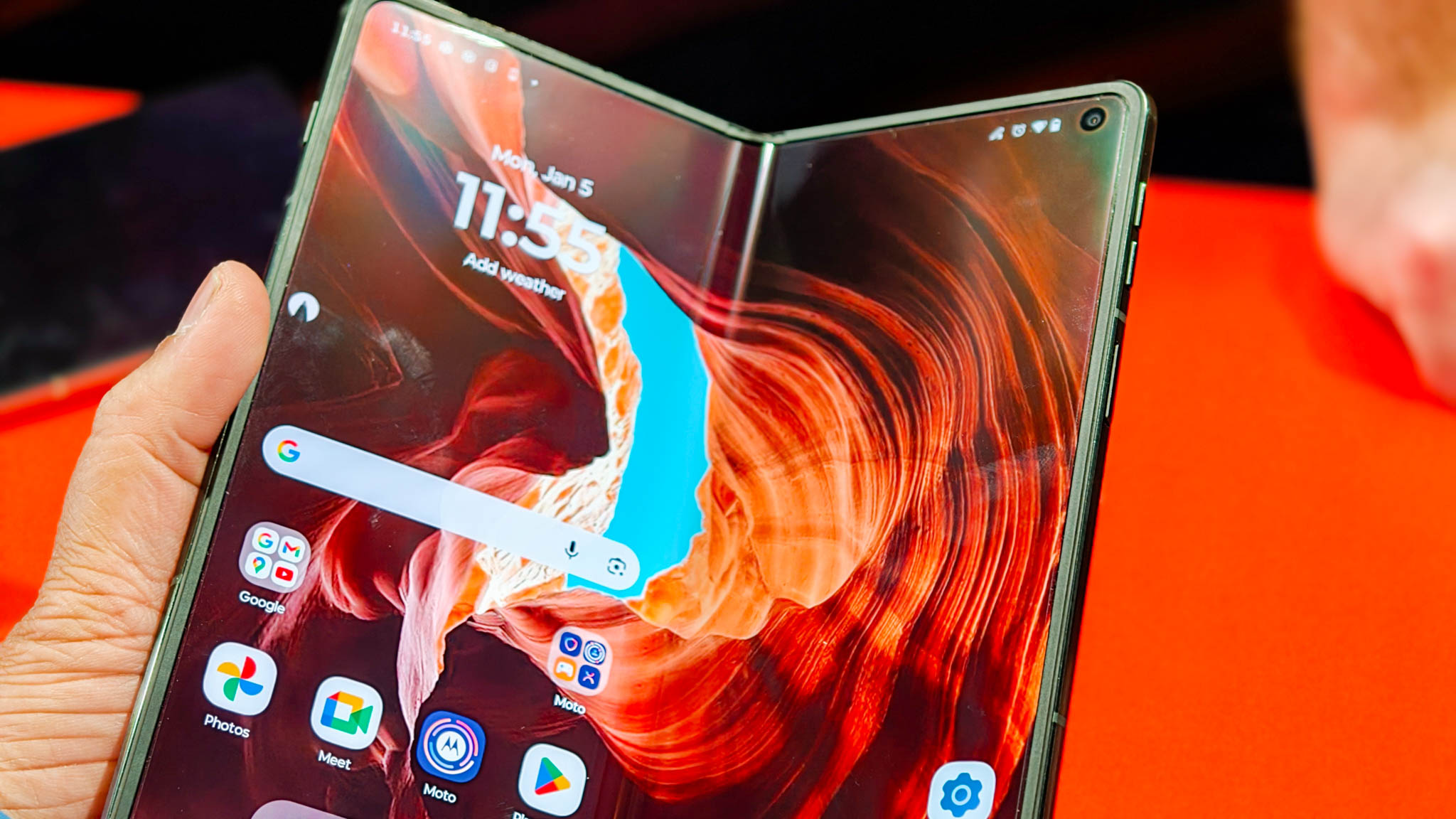The Nexus Phone family: Four generations of Android

Back in the winter of 2009, the rumors were flying about Google getting into the phone business. Previously they offered what were called Android Developer Phones (we know them as the G1 and the Magic, both made by HTC for Google's reference devices), but this was supposedly something different. Many at Google denied these rumors, but as we all saw the following January, the Nexus One was unveiled.
The Nexus One was a huge leap forward when compared to the current crop of premium smartphones of the time. A fast 1 GHz processor and 512MB of RAM powered the AMOLED screen, and it quickly ushered in an era of what became known as the "superphone."
By today's standards, the Nexus One specs are pretty mediocre, but back then they were unheard of. To go along with these great specs, was a premium build with a unibody design, and a certainty of prompt and early updates to the Android OS. The hardware had it's share of issues, but none of us cared when Froyo came out, because it was fast -- and so was the OS update. The Nexus program was a hit, if not a very successful retail venture, and we knew things were going to get interesting.
The Nexus One set the stage for the Nexus line, and what it would become.
Bring on the Nexus S
Google continued things, bringing the Nexus S just about a year later in December 2010. This time, they gave up on the original method of selling the Nexus directly, instead opting to go with retail partners like Best Buy and Carphone Warehouse. The Nexus S brought the same great hardware from Samsung that was used worldwide in the original Galaxy S line, while adding NFC and taking away the issues Samsung created by building their own version of Android. Wrap that Hummingbird processor in a sexy curved shell, without any buggy GPS antenna, and you ended up with an awfully nice 4-inch phone. But it still wasn't a very big seller, until six months later when Google surprised everyone and released a version on Sprint with Wimax data, to boot.
A lot of people were concerned at just how a carrier version of a Nexus would fit into the Android Open Source Project and fast update schedule we were getting used to from having Nexus phones, but things went fairly smoothly during the remainder of the year, and Gingerbread was further refined.
Get the latest news from Android Central, your trusted companion in the world of Android
Enter, the Galaxy
Fast forward past a summer of rumors and speculation, and we saw the Galaxy Nexus and Ice Cream Sandwich. Now we're talking.
A big, bright screen and dual-core CPU, a full gigabyte of RAM and a great new operating system to take advantage of it all got a lot of people excited. We watched the feed from Hong Kong, and as each feature of the Galaxy Nexus was announced we all got excited about a release date and price.
That excitement quickly waned for many folks in the U.S, as we learned that the phone would only be sold through Verizon. Google had abandoned its unlocked and open model here in the states and instead opted for a carrier version of a Nexus -- complete with proprietary "bloatware" and, worse, no final control over the update process. In the U.S., if you wanted a Nexus that wasn't the Verizon model, you were forced to import one and be stuck with high prices and no warranty. Sprint soon got into the game again with its own LTE version, and things got ugly. As minor updates were released, they didn't make their way to the carrier models very fast (if at all) and nerds everywhere were at their boiling point. In late June 2012, it all came to a head.
At Google I/O 2012, we saw the Google Play store finally (and once again) sell a Nexus phone. Online sales direct from Google were back, the prices were great, and the carrier was out of the picture. That's when Jelly Bean first appeared, and rift created between carrier versions and unlocked version of the Nexus phones got wide and ugly. Soon after we saw the Sprint and Verizon versions disappear from the AOSP project, and everywhere you heard cries of "it's not a real Nexus." Users waited and waited for the Jelly Bean update, petitions were created, and many teeth were gnashed. It's still not completely sorted, as the GSM versions of the Galaxy Nexus are running Android 4.1.2 -- which offers a few slight but welcome performance improvements -- while the Sprint and Verizon versions have not been updated.
And now, the Nexus 4
After a sickening summer of rumors and silliness, we finally see the Nexus 4. LG is a new partner, but it certainly looks like they brought the A game to the manufacturing process. There's much moaning about specs, more moaning about LG being the OEM, and even more moaning about not seeing a version for the carriers. It's back in the Play store, at an incredible price. We're not sure what Google has planned for people who want a Nexus with LTE or that will work on CDMA networks. They aren't sharing, and we're not about to second guess them. After the debacle that is the Galaxy Nexus though, we're also not going to blame them.
Enjoy a few pictures of the Nexus family, and enjoy all the Nexus 4 news you're going to be seeing for a while.

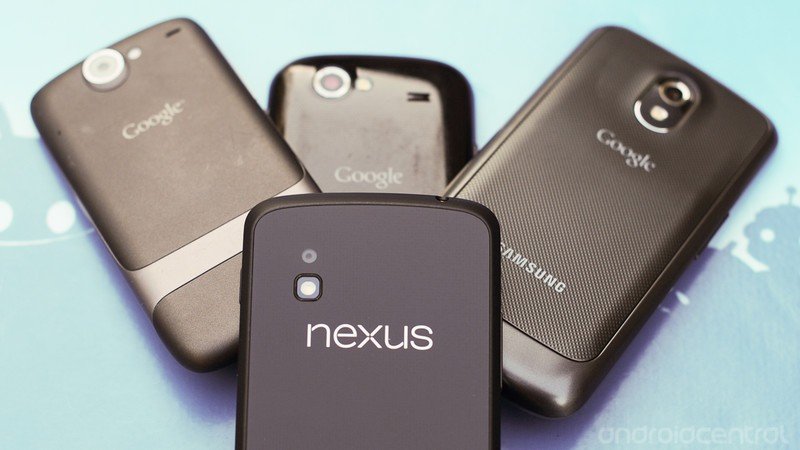
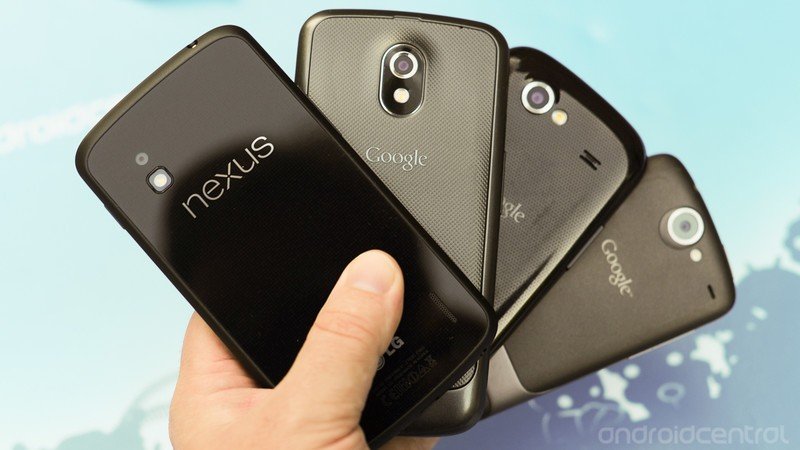
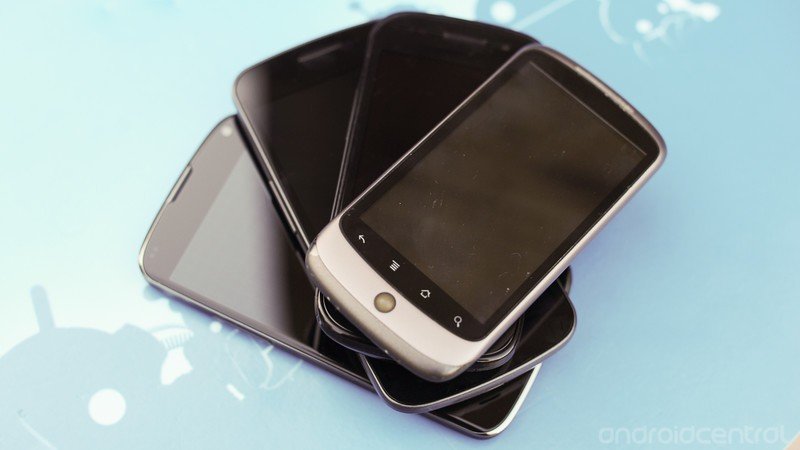

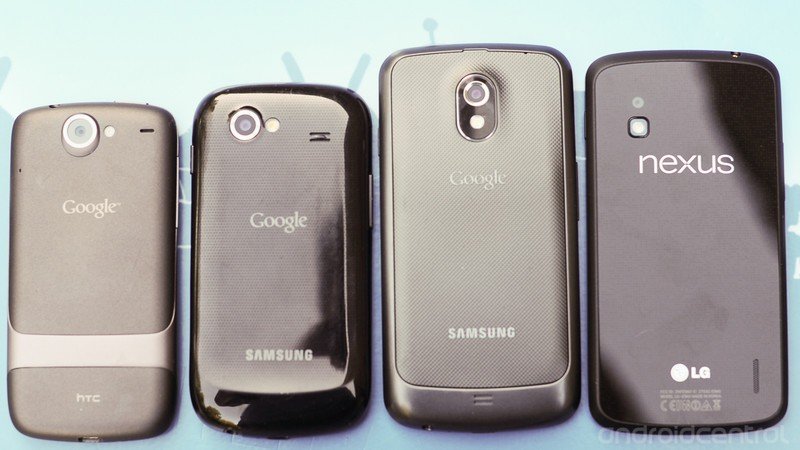
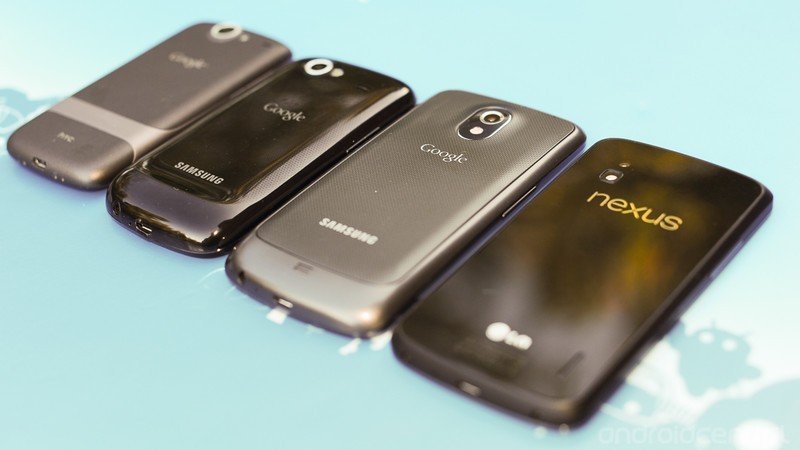
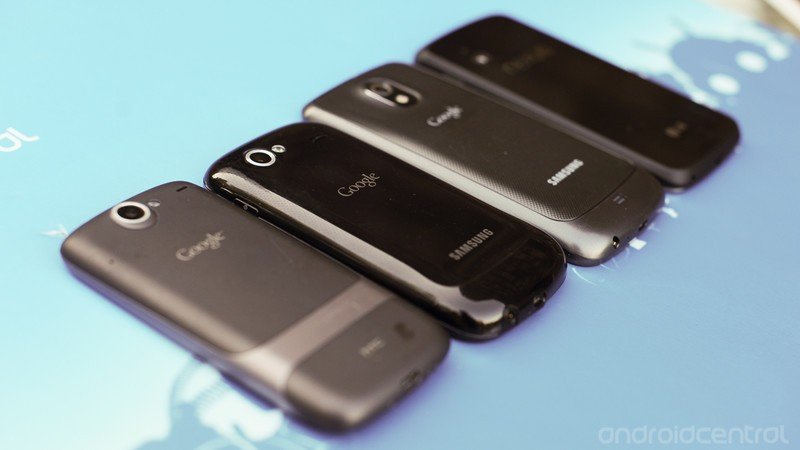
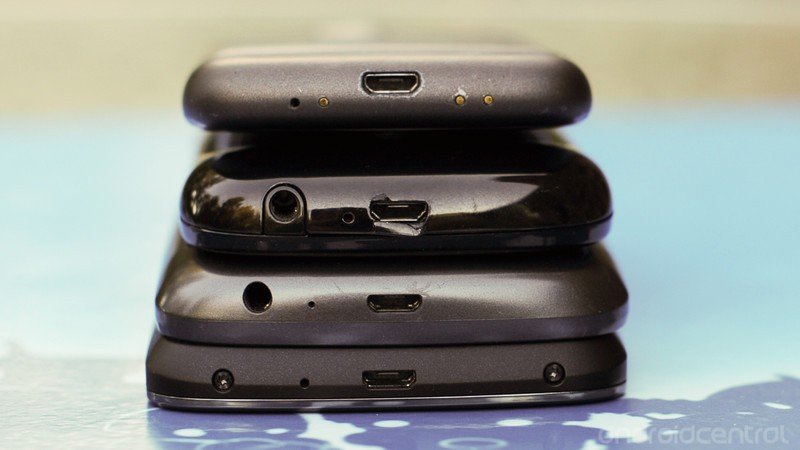




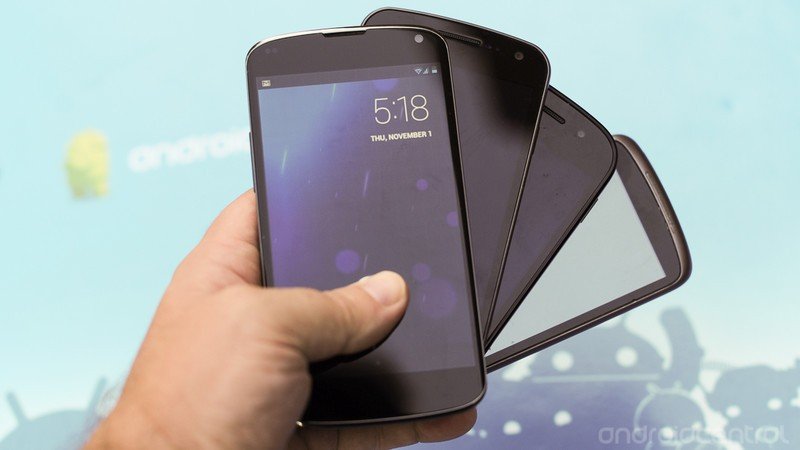

Jerry is an amateur woodworker and struggling shade tree mechanic. There's nothing he can't take apart, but many things he can't reassemble. You'll find him writing and speaking his loud opinion on Android Central and occasionally on Threads.
